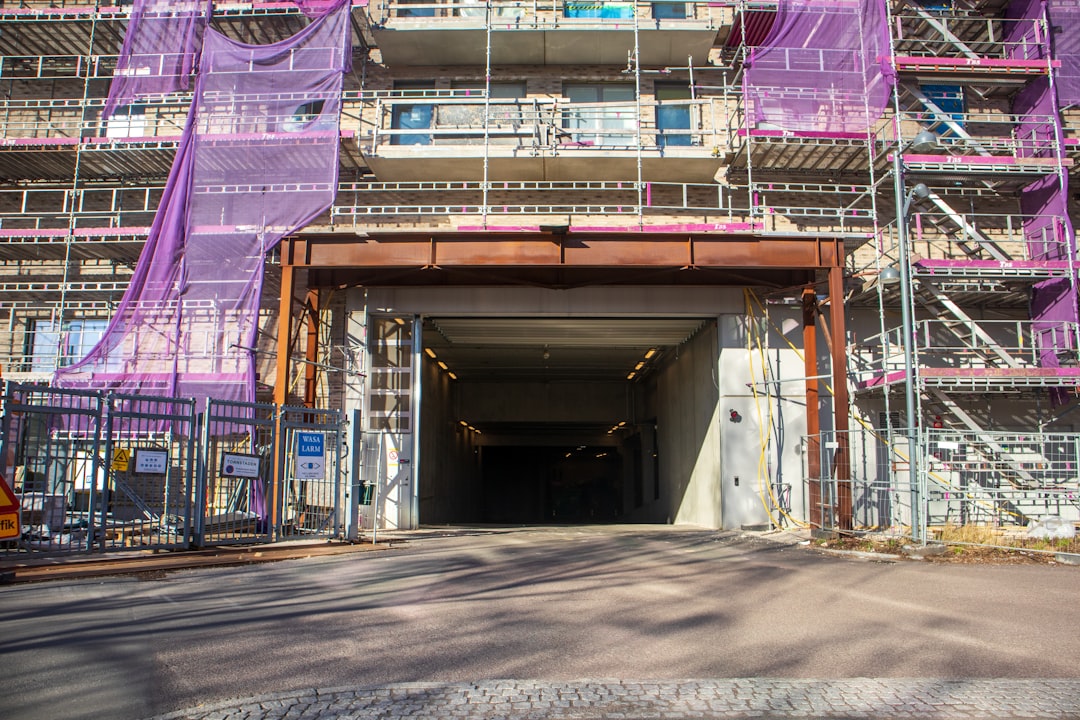Why Denver Homes Need the Right Drain Channel
In Denver, the cost of installing a drain channel can range from $650 to $1,200 per opening, depending on materials and labor. Colorado’s Front Range delivers over 300 days of sun yet surprises every homeowner with sudden downpours, snowmelt, and clay-heavy soil that drains slowly. In this mix of extremes, a poorly designed drain channel can flood basements, heave patios, and undermine new foundations. CountBricks has spent years helping Denver homeowners protect their investments with accurately sized, code-compliant drain channels—powered by our instant AI takeoff and estimating engine.
Understanding the “Drain Channel + Denver” Search Intent
Most online queries combine the phrase “drain channel + denver” because residents want two things: a solution that works in local soil conditions and a crew that understands Colorado building codes. CountBricks delivers both. Our AI pulls the latest regional cost data, freeze–thaw design criteria, and slope requirements, then creates an estimate you can trust before a shovel hits the ground.
How CountBricks Streamlines Your Drain Channel Project
1. Real-Time Voice Scoping
Tell our system what you need via phone or desktop mic. You’ll watch an itemized material and labor list build in real time.
2. AI Blueprint Takeoffs
Upload a PDF of your site plan; CountBricks instantly highlights trench runs, catch-basin points, and outlet elevations.
3. Denver-Specific Cost Library
Our database updates nightly with local supplier pricing, ensuring the line-item cost for every length of PVC, concrete, or slot drain is accurate.
4. Instant Permit Notes
The software auto-inserts Denver Building Code references, saving architects and homeowners hours of research.
Design Considerations for Residential Drain Channels
- Minimum 1% slope away from structures to meet Denver code
- Freeze-thaw concrete mix with 6% air entrainment for longevity
- 4-inch bedding of CDOT Class 6 gravel to prevent heaving
- Removable grates for easy leaf clean-out after autumn storms
- Integration with downspout discharge to avoid surface pooling
Material Options and When to Use Them
Pre-cast Concrete Channels
Ideal for driveways or garage thresholds where vehicle loads are high.
HDPE Slot Drains
Lightweight and quick to install—perfect for backyard patios.
PVC Trench Runs
Cost-effective for buried systems that tie into daylight outlets.
Step-By-Step CountBricks Installation Workflow
- Site walk with CountBricks foreman and AI-generated scope in hand
- Mark trench lines using GPS points exported from the CountBricks app
- Excavate to depth and verify slope with laser level readings stored in the project dashboard
- Lay gravel base, position channels, and set concrete or backfill per specification
- Photograph each stage; images sync to CountBricks.com/portfolio for client visibility
- Final inspection checklist auto-populates invoice for instant online payment
Cost Breakdown for a Typical Denver Driveway Drain Channel
- Linear footage: 28 ft at 4 in width
- Materials: $640 (concrete channel with galvanized grate)
- Labor: $760 (two technicians, one day)
- Equipment and haul-off: $265
- Permit and disposal fees: $120
- Total CountBricks estimate: $1,785
Because our pricing engine refreshes hourly, you’ll never face a surprise surcharge when steel or cement prices spike.
Five Pro Tips From CountBricks Engineers
- Request a soils report if expansive Bentonite has been flagged in your neighborhood
- Add a clean-out at every 50 ft run to reduce maintenance calls
- Use expansion joints every 10 ft in concrete channels to combat Denver’s thermal swings
- Tie French drains into the trench run only after installing a silt sock to prevent clogging
- Schedule pours before 11 a.m. in summer to keep concrete temperatures below 90 °F
Why Choose CountBricks for Your Next Project
- One-call voice estimate: From measurement to materials in minutes
- Transparent costing: Live supplier feeds replace outdated spreadsheets
- Permit-ready docs: Export stamped drawings directly from CountBricks.com/services
- Local expertise: Crews trained on Denver stormwater best practices
- Warranty backed: Five-year workmanship guarantee stored in your digital project vault
Getting Started
Ready to protect your home from storm runoff? Book a five-minute consultation at CountBricks.com. You’ll receive a personalized drain channel + denver proposal in your inbox before we hang up the call.
CountBricks Case Snapshot: Hilltop Patio Revive
The Hill family in Denver’s Hilltop neighborhood faced recurring puddles that froze into slick sheets each winter. Using CountBricks voice scoping, the homeowners described a 400 sq ft flagstone patio that sloped toward their basement door. Within eight minutes, our AI produced a 32 ft slot-drain layout, slope diagram, and $2,940 line-item proposal.
Execution Highlights
- CountBricks crews arrived with cloud-synced drawings, eliminating on-site guesswork
- A mini-excavator path was mapped digitally to protect mature spruce roots
- HDPE slot drains were laser-set to a 1.2% fall, verified in the CountBricks mobile app
- Concrete collars received integral color that matched existing flagstone
Results
- Stormwater now exits to a daylight emitter 20 ft from the foundation
- Patio surface remained ice-free during January’s first snow event
- Final invoice matched the original AI estimate within 1.5%
Additional Insights for Denver Builders
- Monitor frost depth: Denver adopted a 36 in minimum footing depth; drain channels adjacent to footings should respect this line to prevent undermining.
- Incorporate permeable pavers upstream: Reducing surface runoff volume lessens the load on your drain channel system.
- Plan for debris: Cottonwood fluff clogs grates every June. Specify stainless-steel bar grates with 5 mm spacing to handle seasonal nuisances.
Partner With CountBricks
Whether you’re a general contractor, landscape architect, or homeowner, CountBricks bridges the gap between design and execution. Our platform converts quick conversations into fully costed, code-ready drain channel solutions tailored for Denver’s demanding climate. Visit CountBricks.com to see how our AI tools and local crews can simplify your next drainage challenge.

